Damaged Steerer Threads: Background
You can read the original post about this bike here.
When I bought this attractive red Jacotey last year, naturally I was pleased with my purchase. It wasn’t just because I though it was a cool looking bike with nice Vitus 788 tubes; it was also because Daniel Jacotey was a bit of a local star in Picardy, a cycle enthusiast and shop owner who had been around for decades. He sold his own brand of bikes, though never built the frames himself, but finding one for me was quite a novelty. They are not easy to find, even in France, and he never sold any outside of his home country. All looked good with the bike, except for one small issue: a rattle in the headset. I didn’t think it would be damaged steerer threads.
The Damaged Threads
What should have been an easy fix, a small adjustment to tighten the adjustable cup on the bike’s French headset, turned out to be a major problem. The adjustable parts of the headset were already tightened as much as they could be, sending out alarm bells as it slowly dawned on me that there was a more serious problem at hand. Unscrewing the adjustable race and locknut off the steerer was very difficult, and by the time I had the forks out of the head tube, I could see the culprit. The threads were smushed, preventing the adjustable cup to be rotated enough to tighten against the race. This small gap, perhaps just a hair’s breadth, was enough to cause a rattle that made the bike unrideable.
Retapping or Rewelding
The repair for me was clear: the threads should be retapped. Yet, it’s not so easy getting this job done where I live. If I was in London, sure; or if I lived in San Fransisco, there would be a bike shop of frame builder with the right tool. But I don’t live in the big city, and there was no one around here with a French die to retap these French threads of 25 x 1. However, there is an established frame builder around these parts: I rang Geoff Roberts who has been building bikes for many years and is only a 30 minute drive from me. He suggested I forget about retapping, and instead he could put a new column on the fork with standard threads. For £20, I thought it seemed a good solution.
The Frame builder
I dropped the fork off at Geoff’s workshop which sits in a nice country village called Boreham Street. It’s always an experience to visit a frame builders workshop, indeed, there’s always something a bit awe-inspiring about it. Here is where the raw materials of metals are skilfully crafted into the aesthetic perfection of a bicycle frame. Where steel tubes are mercurially forged into something so beautiful and functional. Visiting a workshop is always a bit of a humbling experience too, as frame building is a real craft which is at the core of the creation and understanding of the bicycle.
Like Old Teeth
In our initial conversation, Geoff had warned me that when heat is applied at the base of the column, it is possible that the brass gussets that sit in the fork crown can fall apart. This is exactly what happened as he worked on removing the column of the fork. Whether a higher quality fork crown would have these gussets is something I’m not sure about. But his prediction was right, as three days later, when I came to pick the fork up after the repair, he was holding in his hand the remains of these small brass reinforcements that had been inside the fork crown. They had fallen out like old teeth as the heat was applied to the column. £30 was the charge instead of £20, as he’d had to replace the old. weakened fork crown with one of his own.
Fixed But..
The new column looked good, the joint was smoothly finished and the job had been professionally done. You wouldn’t have known it had been repaired, except for one thing: the red paint had been stripped from half the forks! I had to admit it gave me a shock. I’d had no warning that this could be the case, so when I got the forks back home my reaction was very mixed. I was pleased that they were now fixed and ready for a new headset, but quite disappointed that half the paintwork had been burned off in the process. One problem had led into another. Immediately I set out to resolve it, to try and find a paint that would match the rest of the frame.
Paint Matching
I’ve tried paint matching before on a vintage bike, to try and restore a heavily scratched frame using a touch-up pen. You should never get your hopes up. It’s a notoriously difficult thing to do, and I’m not convinced it’s even possible. I’m talking about perfect paint matching here, the sort of paint restore where you wouldn’t even see the difference close up. It’s made even more difficult because the colour of a vintage bike’s tubes changes over the years. The paint often becomes darker or washed out, depending on its exposure to the sun and the elements. It’s common that the paint on one part of the frame has become a slightly different shade to another. It can make the art of paint matching rather an unfeasible act of desperation.
Choosing a Shade
I went ahead anyway. I spent a good half an hour looking at the all the different red shades for car paint restoration. I brought the forks in with me into the store and got some strange looks as I stood there peering at them from different angles. This is not what I wanted to end up doing, that’s for sure. It is a truly a very difficult task, in so many ways, and in the end you find yourself wanting to ask some complete stranger for their opinion. It is so subjective, and people see colours differently, so I could be wrong with my choice of shade. Anyway, I chose the colour, “Flame Red”, which seemed to match the terracotta type of red of the frame, indeed, very closely it seemed to me.
Respraying the Forks
Because half the forks retained their original paint, I approached the respray with the intention of just respraying the half that was now bare metal. I imagined it possible to smoothly merge the the new paint with the old. Things quickly change, however, once you’re actually in the thick of it! As I sprayed on fine coats of the new paint, it was difficult to see the where the old paint ended and new paint began. I took a decision after looking at the first coat, that I’d respray the whole forks. It just seemed easier, and would prevent the fork becoming a two-tone red instead of just one shade. Too much paint and you get dripping; too little, and the colour doesn’t turn out well. It’s a difficult job.
Did It Work?
In a word, yes. I was never looking for perfection for this difficult bike project, that initially required just a retap of its forks threads to get it back on the road. I had no idea I’d have to go down this road of a fork rebuild and the trickiness of a respray. Sometimes, you start out with a simple problem but end up generating many more as complications proliferate. You can find yourself further away from resolving the problem after having taken some steps to already solve it. Nevertheless, I think it has worked out pretty decently. The fork paint is a good match for the frame, though up close you can see the imperfections: the paint is not uniformly smooth, and it dried being thicker in some areas, thinner in others.


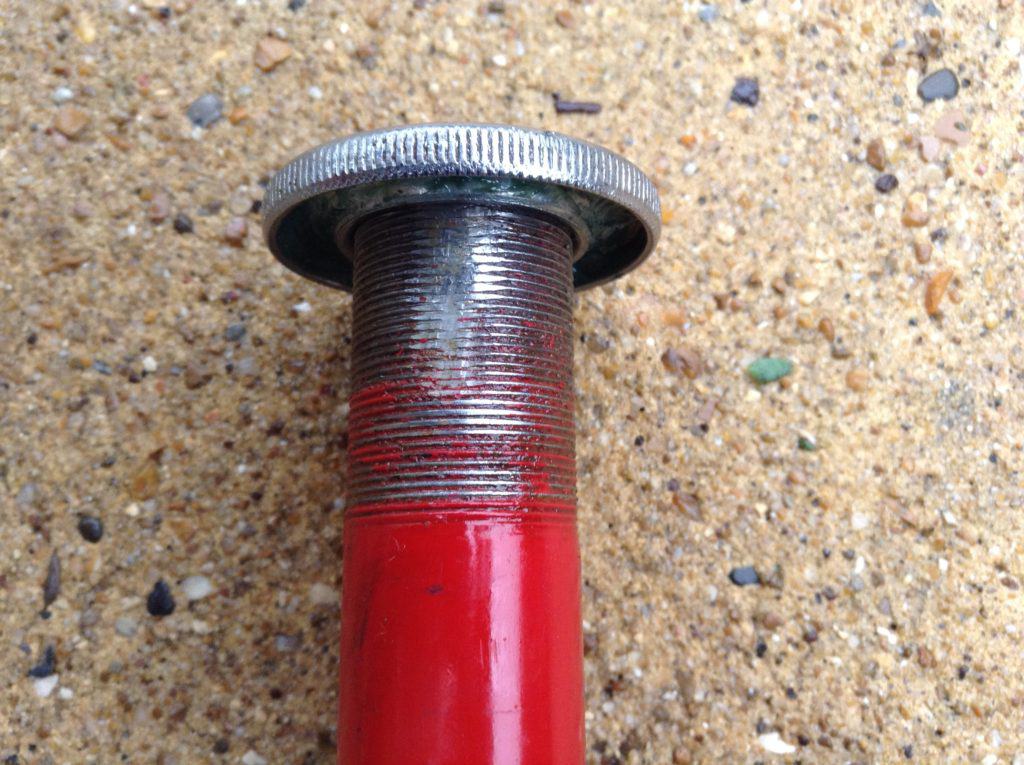
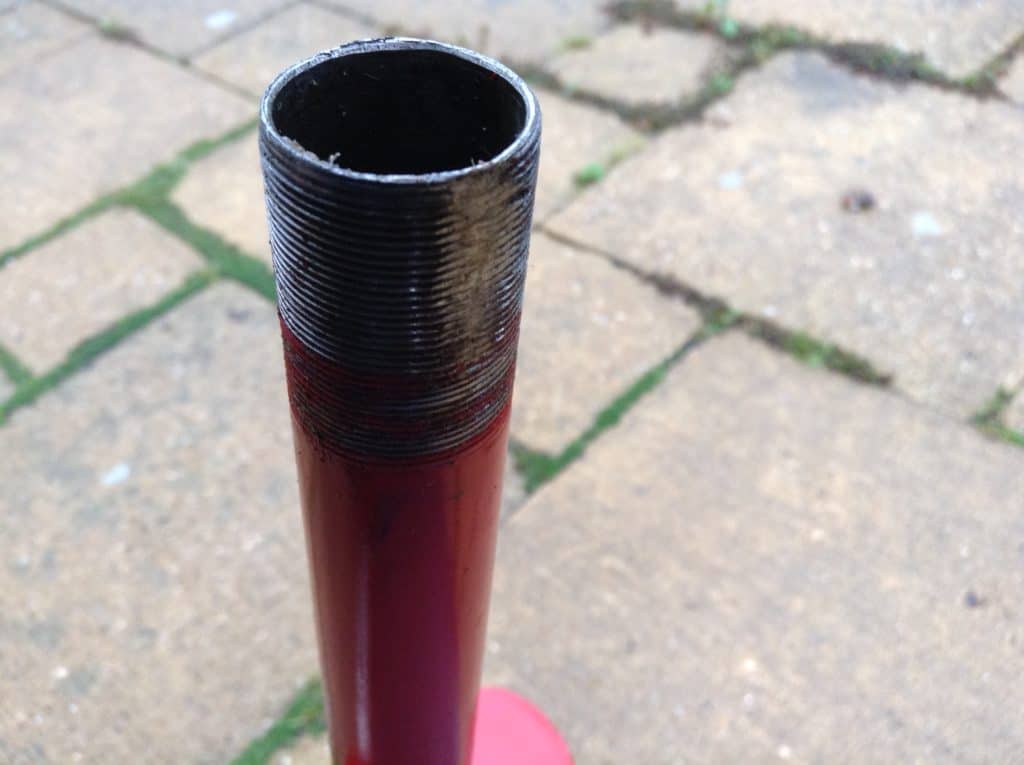
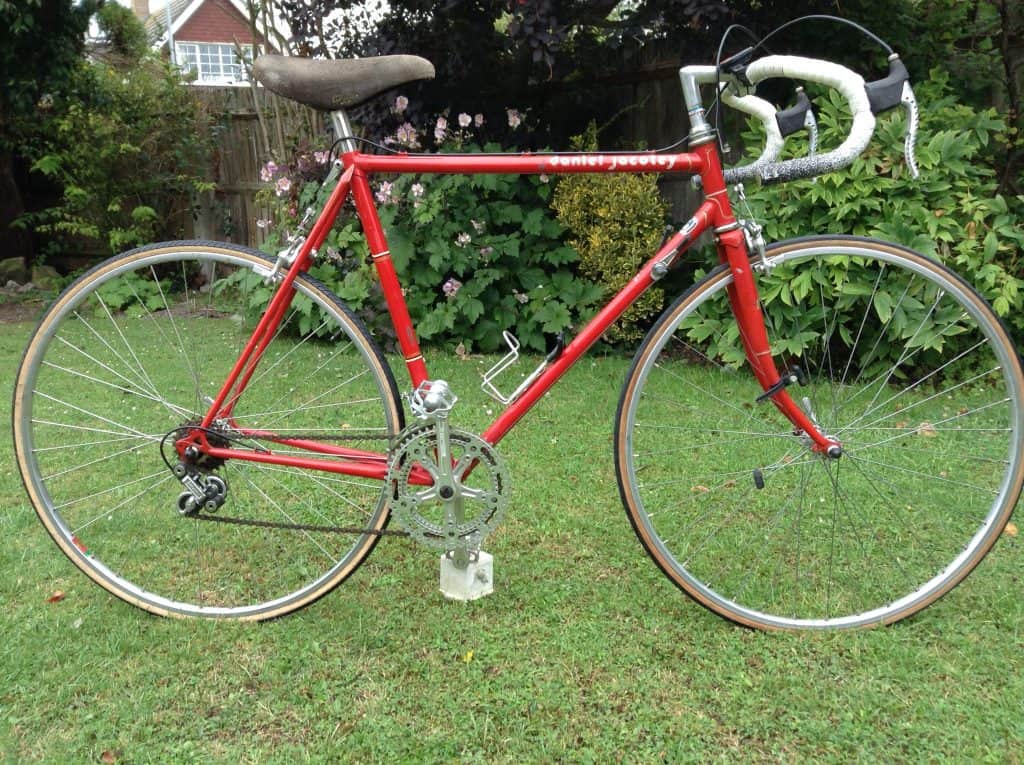

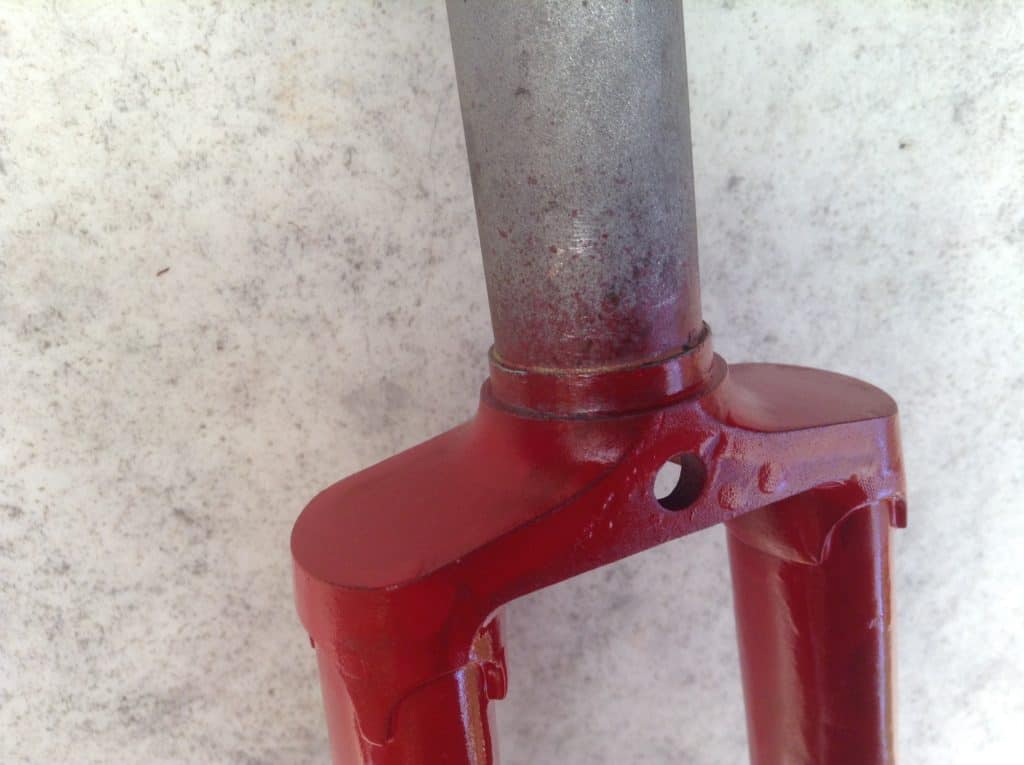
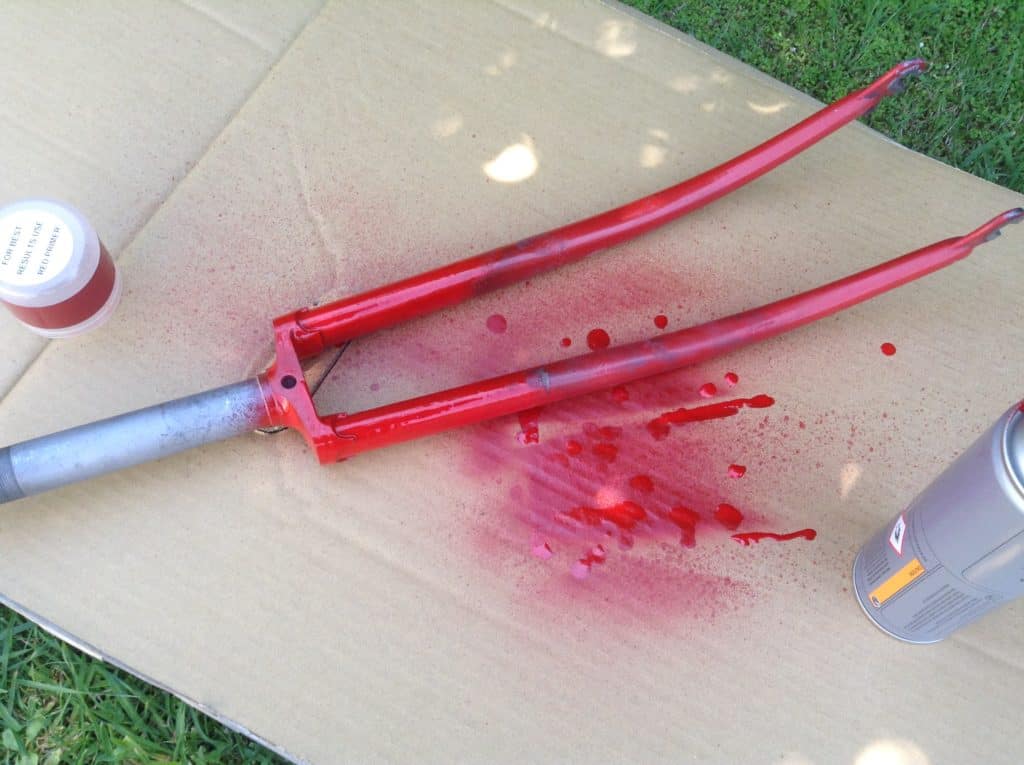
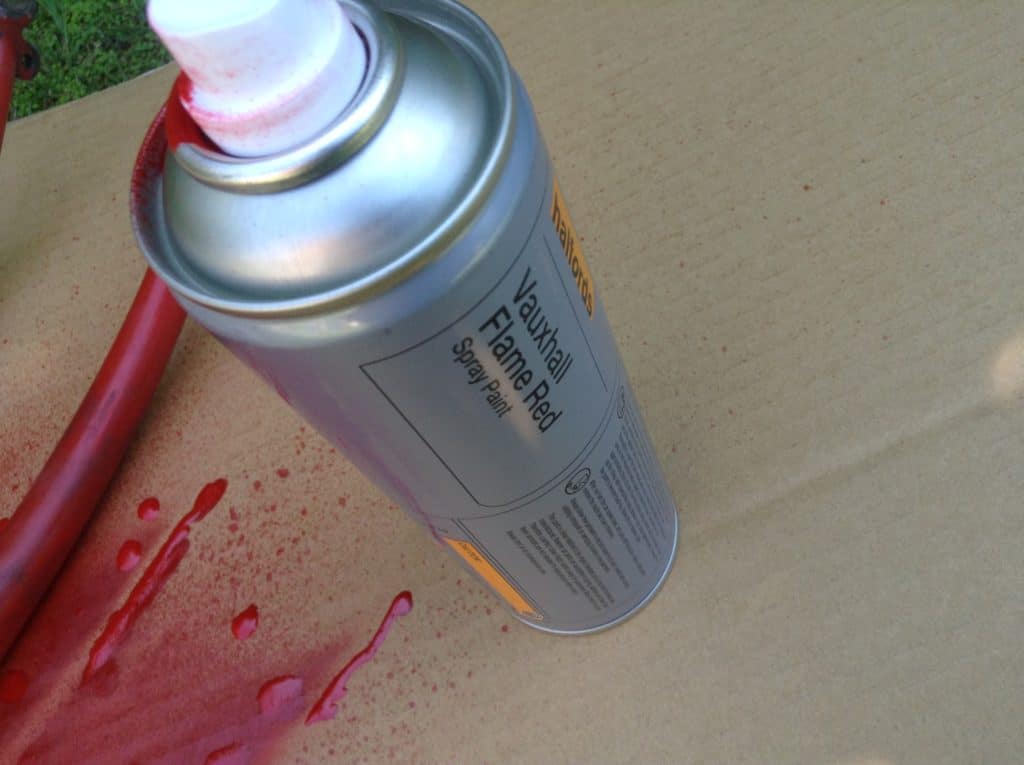
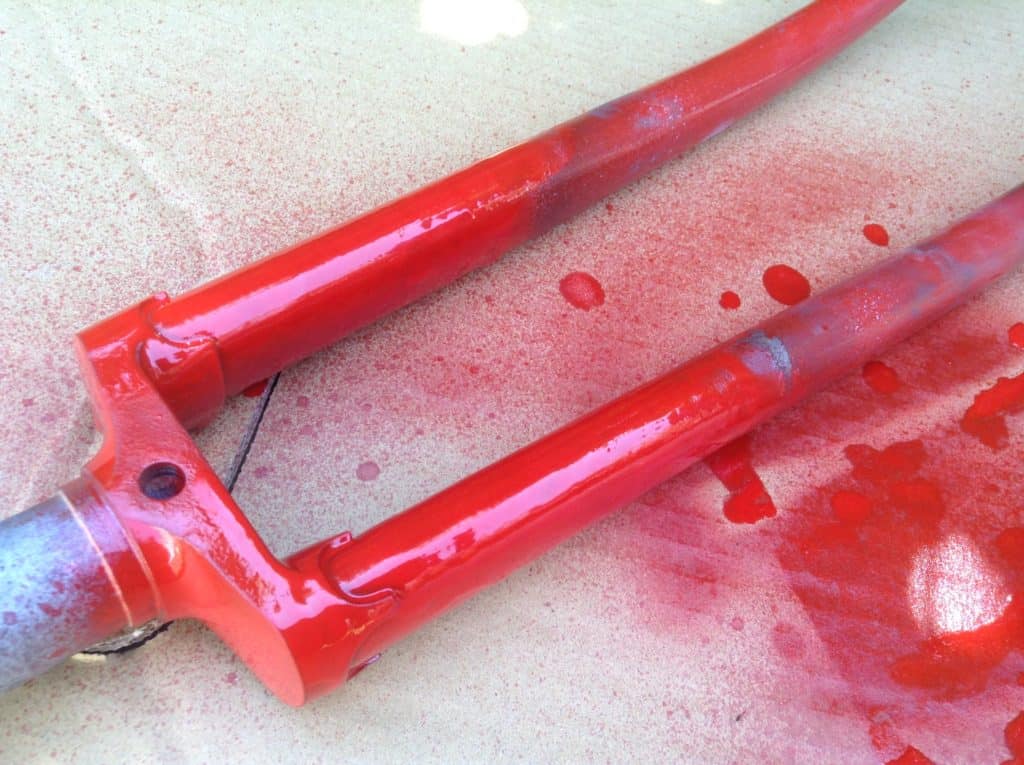
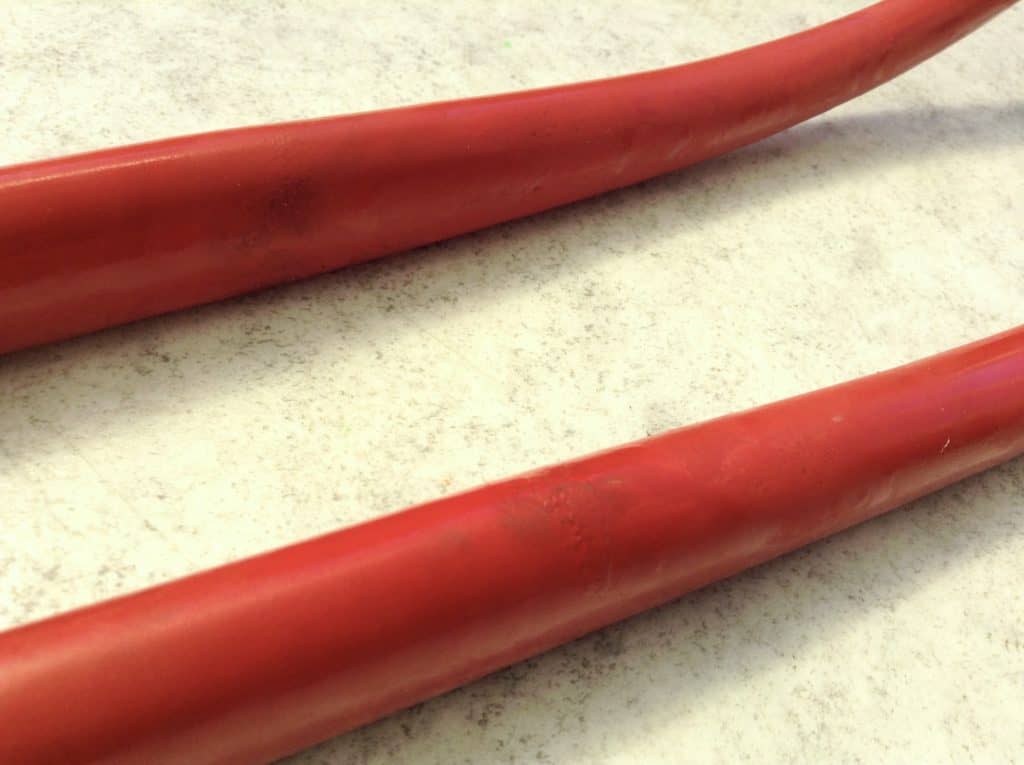
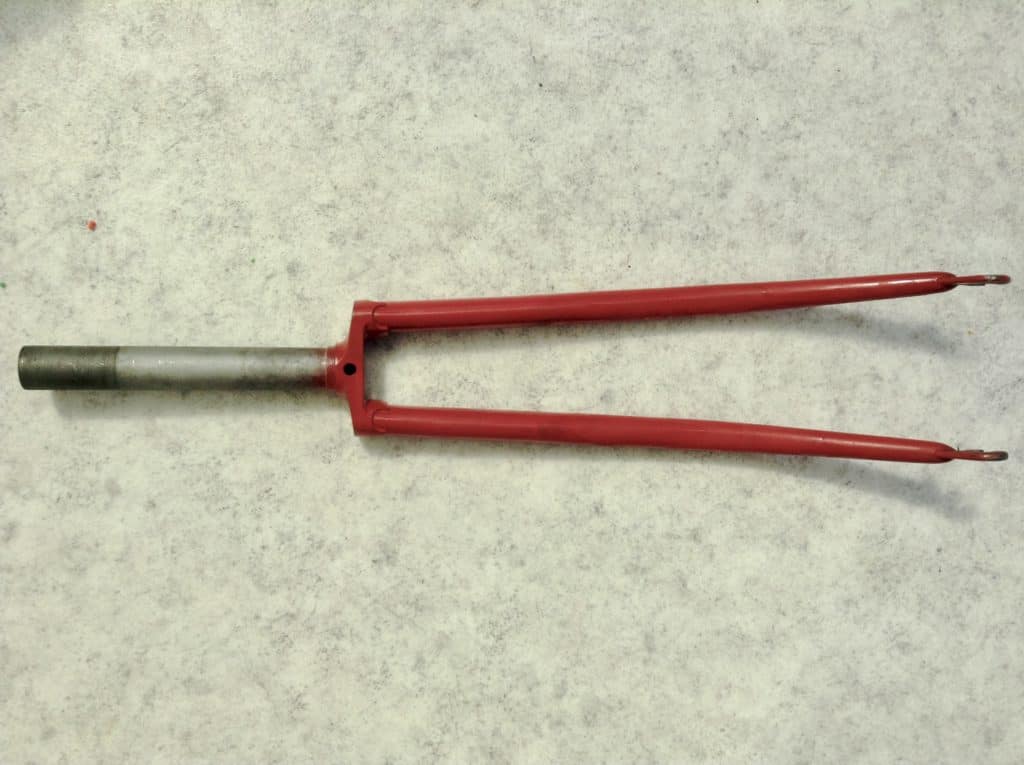
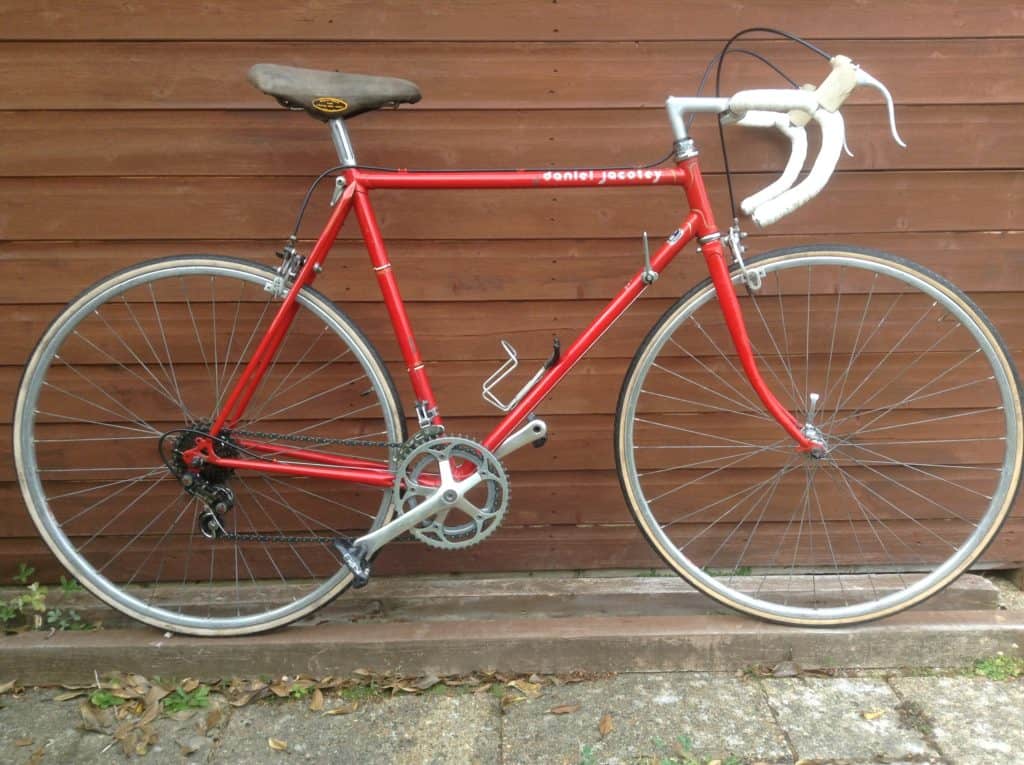
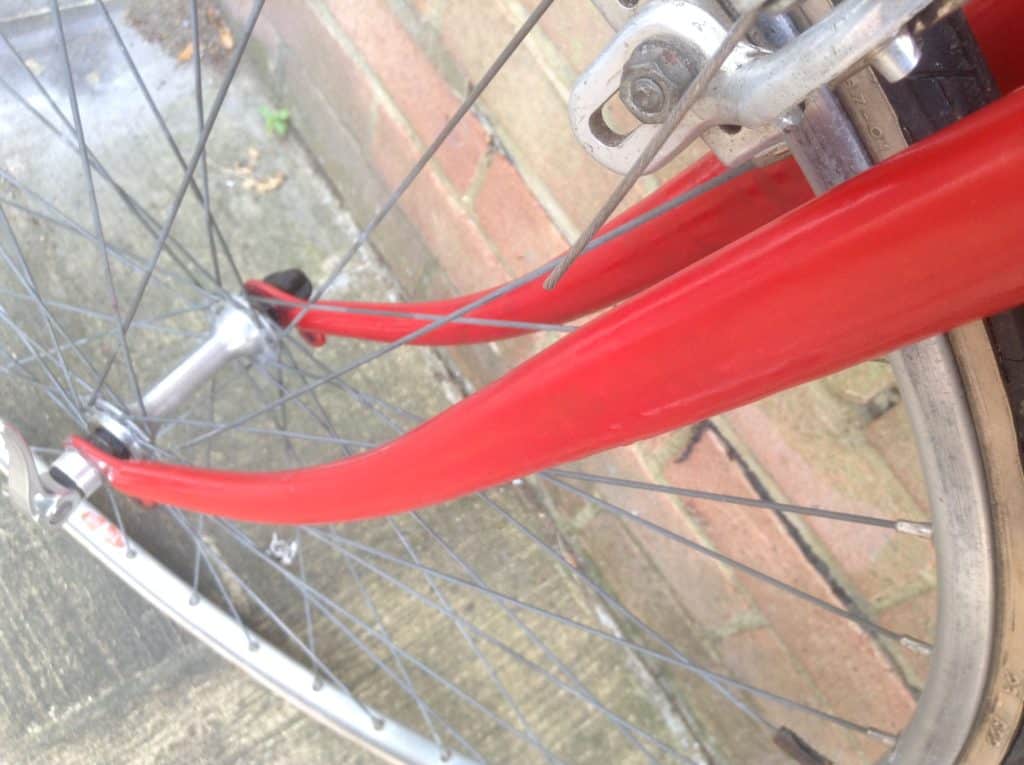
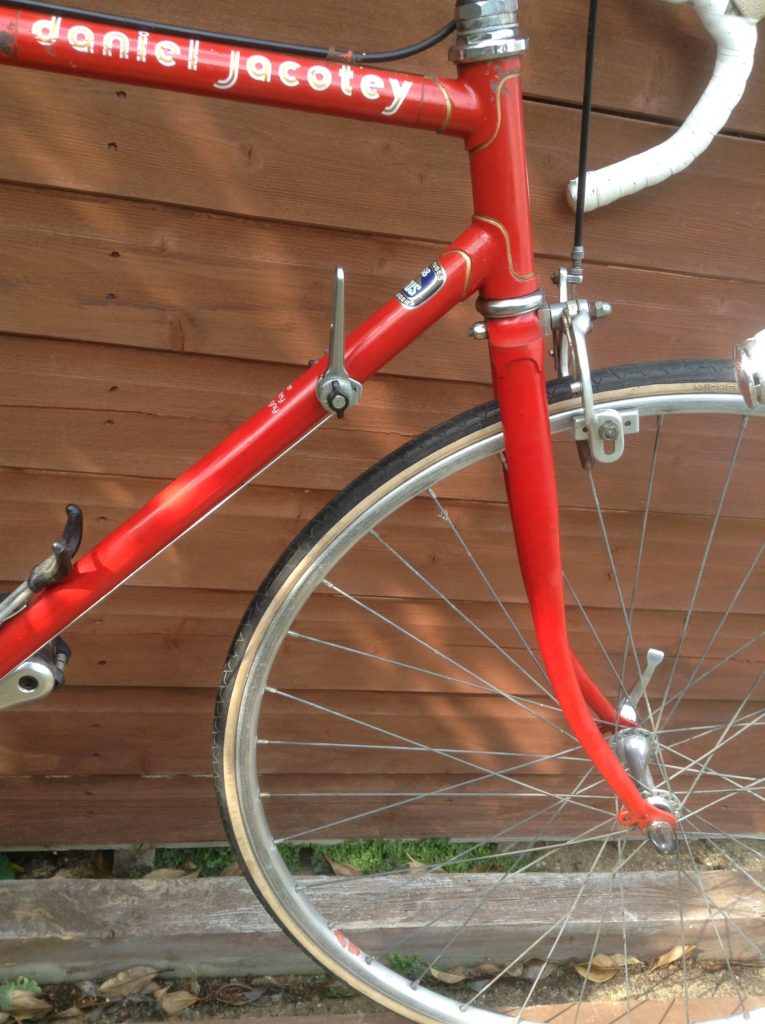
SOUNDS LIKE WHAT I’M ABOUT TO REACH,SLIGHTLY DAMAGED THREADS ,A COUPLE OF STRIPPED THEADS AT THE TOP,GREAT ADVICE AND FINISH,I’VE HAD THIS BIKE SINCE HIGHSCHOOL ,1984, AN OLD UNIVEGA -AND IT’S TAKEN ME THRU OUT THE SAN FRANCISO BAY AREA SINCE HIGH SCHOOL. THANKS AGAIN FOR THE POSSITIVE COACHING! JAIMIE:
Thanks for the comment, good luck with your Univega restoration! It sounds like it’s been your life’s companion on the road. Cheers!